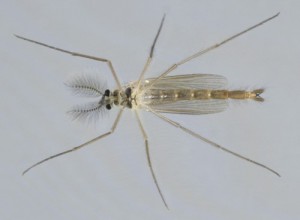Midge Entomology & Hatches

Midge larva attach to sticks or rocks or burrow into the sand/mud. Their appearance is similar to a thin worm. The larva can be black, brown, grey, green, red, or combinations of these colors. A deep dead drift is most effective with this stage of midge.

When mature, the larva swells into a pupa and swims to the waters surface. There, it crawls out of its pupal exoskeleton, dries its wings, and flies off as an adult midge. The emerging midge is generally what fish focus their feeding efforts on. Similar to the midge larva, the same colors and sizes apply to the midge emerger. This stage of midge should be fished in the water film if you see rises, or below the surface. Vary your weights to get the drift to the depth that fish are holding.

Adult midges swarm, mate, and fall back to the water surface…often in swarms locked together, which is why a griffith’s gnat is so effective for this stage of the midge life cycle. Shades of black, grey, brown and green adults in small sizes are effective. If you see midges half in, half out of the water, apply a floatant to the front of your fly only, and let the back of the fly sink.

